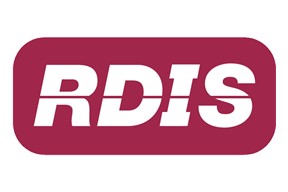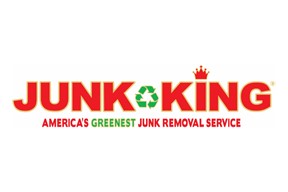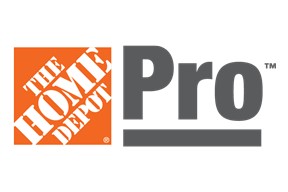Lenders are still writing checks, but only for projects that pass today’s tougher tests.
An obvious shift is underway in today’s commercial real estate market. High interest rates are in a state of limbo, making traditional property purchases more expensive and profits harder to come by.
Many investors, therefore, are choosing a different route: They’re building or renovating properties instead of buying ones that are already finished. This trend is showing up everywhere, from downtown office buildings being turned into apartments to new industrial warehouses popping up near major highways. But there is a catch. Although these types of construction and renovation projects are gaining popularity, the loans used to fund them are coming with a new level of caution and scrutiny. Lenders are being far more careful about where they put their money—and borrowers are feeling the difference.
Why Investors Are Building
A few years ago, the most common move in commercial real estate was to find a property that was already making money—like an apartment building or a retail center—and then get a loan to buy it. That strategy still works in some cases, but today the math doesn’t always add up. Prices are still high, but so are the interest rates. That means monthly loan payments are more expensive, and the returns investors were used to seeing just aren’t there anymore.
So, instead of buying, many are choosing to create value themselves by building something new or transforming older properties. This might mean turning an outdated office building into modern apartments or taking a half-empty shopping center and revamping it to meet today’s needs. These types of projects allow investors to control the process from start to finish and, ideally, make more money when it’s all said and done.
Lenders Turn Up Scrutiny
It’s important to understand that banks and other lenders haven’t stopped funding these types of projects. They’re still very active in the market, but they’ve become more cautious when it comes to construction or heavy renovation loans. From the lender’s point of view, a lot can go wrong during construction. Costs can run over budget. Projects can fall behind schedule. Permits can be delayed. If something goes sideways, the unfinished property may not be worth much, making it a risky form of collateral.
Because of that risk, lenders are asking for a lot more up front. They want detailed budgets, solid timelines, experienced teams, and a clear plan for how the finished project will be used—whether that’s leasing apartments, selling condos, or signing tenants for retail space. They want proof the borrower has thought through every detail before a single dollar is handed over.
The oversight doesn’t stop after the loan is approved either. Most construction loans now require progress draw inspections at every stage. Independent inspectors visit the site to make sure construction is progressing as planned before each payment is released to the contractor. It’s a much more involved process than simply writing a check and hoping for the best.
One of the biggest changes in the lending world is how much third-party oversight is now involved. In the past, lenders might rely heavily on what the borrower told them. Now, they bring in professionals—inspectors, cost analysts, and construction advisors—to make sure everything adds up. These professionals are there to confirm that the work is happening on time, it’s staying within budget, and there are no major surprises. In many ways, these third-party experts are the lender’s eyes and ears on the construction site.
These inspections do more than keep the borrower honest—they also help avoid misunderstandings, manage expectations, and keep both sides informed. It’s not about catching people doing something wrong; it’s about making sure the lender and the borrower are working from the same playbook. Borrowers who understand this shift and work with these third-party professionals from the beginning tend to have an easier time getting funding. They’re seen as more prepared, more organized, and more trustworthy. In today’s market, trust goes a long way.
Preparation Wins the Loan
This tighter lending environment has changed the way real estate projects are done. Investors need to be better organized, more transparent, and more disciplined. They need strong teams and detailed plans. They also need to accept that lenders are going to be more involved throughout the life of the loan.
Some borrowers may view these added lending protocols as a hindrance, like more “yellow tape.” However, one could argue that now is a great time to build or renovate with additional guard rails in place aimed solely at ensuring the project succeeds in achieving its end goal: profit. At the end of the day the borrower and the lender have the same objective. With fewer people able or willing to take on the challenge, competition is lighter, and lenders are eager to back projects that are well-structured and well-managed.
Whether you’re a seasoned developer or someone new to the commercial real estate space, one thing is clear: Success today depends on preparation. If you’re planning to build, expect questions and oversight. Expect more than you would have a few years ago. If you come prepared with a clear plan, a qualified team, and the right professionals in your corner, you’ll find that smart lenders are still ready to help you bring your vision to life.
























0 Comments